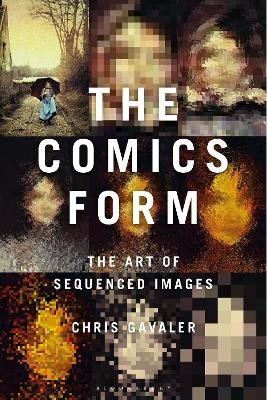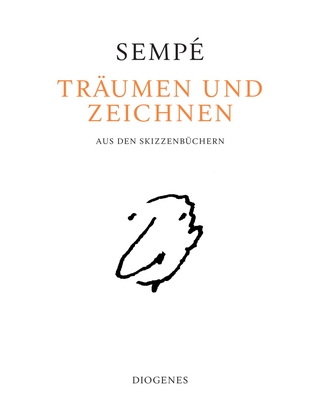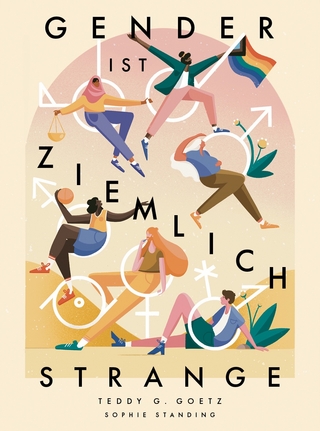
The Comics Form
The Art of Sequenced Images
Seiten
2022
Bloomsbury Academic (Verlag)
978-1-350-24591-4 (ISBN)
Bloomsbury Academic (Verlag)
978-1-350-24591-4 (ISBN)
Answering foundational questions like "what is a comic" and "how do comics work" in original and imaginative ways, this book adapts established, formalist approaches to explaining the experience of reading comics. Taking stock of a multitude of case studies and examples, The Comics Form demonstrates that any object can be read as a comic so long as it displays a set of relevant formal features. Drawing from the worlds of art criticism and literary studies to put forward innovative new ways of thinking and talking about comics, this book challenges certain terminology and such theorizing terms as 'narrate' which have historically been employed somewhat loosely.
In unpacking the way in which sequenced images work, The Comics Form introduces tools of analysis such as discourse and diegesis; details further qualities of visual representation such as resemblance, custom norms, style, simplification, exaggeration, style modes, transparency and specification, perspective and framing, focalization and ocularization; and applies formal art analysis to comics images. This book also examines the conclusions readers draw from the way certain images are presented and what they trigger, and offers clear definitions of the roles and features of text-narrators, image-narrators, and image-text narrators in both non-linguistic images and word-images.
In unpacking the way in which sequenced images work, The Comics Form introduces tools of analysis such as discourse and diegesis; details further qualities of visual representation such as resemblance, custom norms, style, simplification, exaggeration, style modes, transparency and specification, perspective and framing, focalization and ocularization; and applies formal art analysis to comics images. This book also examines the conclusions readers draw from the way certain images are presented and what they trigger, and offers clear definitions of the roles and features of text-narrators, image-narrators, and image-text narrators in both non-linguistic images and word-images.
Chris Gavaler is Associate Professor of English at Washington and Lee University, USA. He is also the author of On the Origina of Superheroes: From the Big Bang to Action Comics No. 1 (2015) and Superhero Comics (2017) and Creating Comics (2021), both publishing by Bloomsbury. Since 2021, he has been series editor of Bloomsbury Comics Studies.
Introduction
Chapter 1: Discourse and Diegesis
Chapter 2: Image Narration
Chapter 3: Juxtapositions
Chapter 4: Recurrence and Erasure
Chapter 5: Juxtapositional Inferences e
Chapter 6: Sequences
Chapter 7: Sequenced Image-texts
Bibliography
Index
| Erscheinungsdatum | 15.07.2022 |
|---|---|
| Zusatzinfo | 47 bw illus |
| Verlagsort | London |
| Sprache | englisch |
| Maße | 156 x 234 mm |
| Themenwelt | Literatur ► Comic / Humor / Manga ► Comic |
| Geisteswissenschaften ► Sprach- / Literaturwissenschaft ► Anglistik / Amerikanistik | |
| Geisteswissenschaften ► Sprach- / Literaturwissenschaft ► Literaturwissenschaft | |
| ISBN-10 | 1-350-24591-7 / 1350245917 |
| ISBN-13 | 978-1-350-24591-4 / 9781350245914 |
| Zustand | Neuware |
| Haben Sie eine Frage zum Produkt? |
Mehr entdecken
aus dem Bereich
aus dem Bereich


